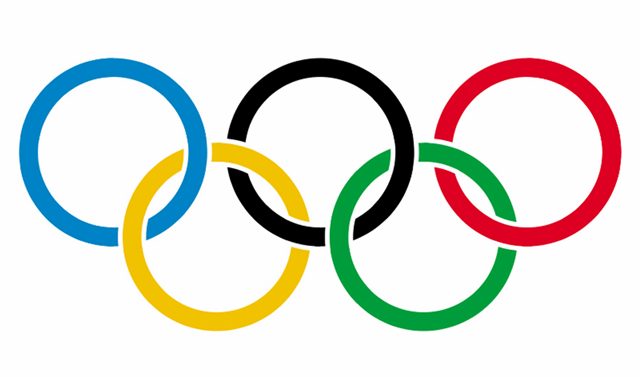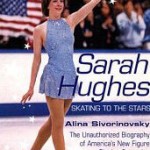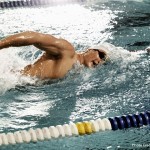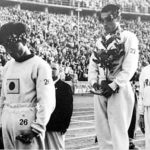
By Jae-Ha Kim
Chicago Sun-Times
October 8, 1999
![]()
Directed by Kieth Merrill. Running time: 45 minutes.
No MPAA rating (for general audiences).
Opening today at the Museum of Science and Industry’s Henry Crown Space Center.
According to the Olympic creed, “the most important thing in the Olympic Games is not to win, but to take part.” Try telling that to the managers and sports agents who are counting on the athletes to upgrade their medals into deals with the likes of Nike, Gatorade and McDonald’s.
That’s a cynical view of the Olympics.
The latest Omnimax film, “Olympic Glory,” presents a purer version of the Games.
The documentary takes viewers back to the 1998 Winter Games in Nagano, Japan. This is the Olympics where the difference between Picabo Street’s gold medal and the first runner-up was .01 seconds, and where little Tara Lipinski outjumped fellow American Michelle Kwan to win the gold medal in ladies figure skating.
Thankfully, filmmaker Kieth Merrill chose not to dwell on that highly hyped duel. Rather, the engrossing 45-minute film covers the sport in a well-edited montage that makes even the ice dancing segments bearable.
The best moments are saved for the athletes who never became household names . . . in the United States, anyhow.
Kenyan runner-turned-skier Philip Boit represented his nation at Nagano. Competing against Norwegian cross-country ski champion Bjorn Daehlie, Boit — a skiing novice who was unaccustomed to snow — showed signs of fatigue early in the competition. But when he finished – 20 minutes after Daehlie – the Norwegian was there to congratulate him.
“Even though I was one of the last ones to finish the race, I considered myself a champion,” Boit says.
Japanese speed skater Hiroyasu Shimizu’s victory in the 500-meter race proved that size doesn’t matter. The smallest entrant in the competition, Shimizu says, “People can measure me on the outside. But they can never really measure the size of my heart.”
The footage is magnificent — from the “agony of defeat” shots to the vertigo-inducing overview of the 120-meter ski jump. But what mars the film’s presentation is the theater’s aging equipment, which doesn’t provide as crisp a picture as “Olympic Glory” deserves.





